Over the past four years of my time in Poly’s high school, I’ve written dozens of Opinion articles critiquing everything from biology dissections to the textbook system and everyone from teachers to administrators to students. Given all this, I wouldn’t be surprised if people came away thinking I’ve disliked my experience at Poly—but that couldn’t be further from the truth. Rather, all the love I have for this place has made me care about sharing my perspectives in the hopes of making Poly even better for those who come next. And now, as I prepare to graduate from high school, I can’t help but think about what I want to see when I come back in the future to visit.
I want to see Poly pay teachers more.
Each year, the Finance Committee of the Board of Trustees along with Chief Financial Officer Keith Huyssoon and Head of School John Bracker collaborate to determine the school’s annual budget for faculty and staff compensation.
I find it difficult to understand why administrators earn hundreds of thousands of dollars a year—the top administrator’s salary recently increased to over three-quarters of a million dollars—while teachers earn a fraction of that amount.
Human Resources & Systems Coordinator Jeffrey Munoz shared that teacher salaries typically start around $60,000 and increase with experience and qualifications, averaging in the $90,000 range. (For context, according to a study based on the MIT Living Wage Calculator, a single person in Los Angeles needs $110,781 annually to live comfortably, and that amount only increases for those with children.)
Teachers are the lifeblood of our campus, and they deserve better.
I want to see Poly reprioritize academics.
Poly’s Vision and Mission expresses a guiding purpose of developing “intellectual leaders” and promoting “academic excellence.” Yet, recently, the administration and Board of Trustees have begun to stray from this objective. Look no further than PolyFields, which would cost millions of dollars for teams that, with all due respect to our athletes, are a far cry from needing a state-of-the-art stadium. And the fact of the matter is, Poly can’t remain its current size and expect to stay a leader in academics while also becoming an athletic powerhouse. We simply don’t have a large enough student body, and we aren’t going to unless we plan on building a bigger campus in addition to PolyFields.
Our academic programs are in dire need of more support. I can speak from personal experience about Poly Upper School’s public speaking programs—debate, moot court, ethics bowl and mock trial—all of which lack money and institutional support. The debate team has cycled through four sets of coaches in my four years of high school, and, as of last year, families now must pay for students to attend tournaments—even virtual ones—in order to cover entry fees, meals, lodging, ground transportation and chaperone lodging. Families donating $30,000 on Giving Day last year somehow did nothing to lower these costs. Yet, it would be ludicrous to even imagine Poly asking families to pay hundreds of dollars for each sports game their children play in.
Public speaking isn’t some niche activity, either—around half of students participate in the free, masterfully-run Middle School program, but year after year, the majority of those students subsequently drop out after experiencing the Upper School program.
It’s time for Poly to stop treating academic extracurriculars as less important and give these programs the support and backing students need.
I want to see Poly respond to hate with more seriousness and urgency.
I’m deeply concerned about the direction of campus culture at Poly and how the administration responds to it. Disrespectful behavior has become increasingly visible and emboldened in both the Middle and Upper Schools, growing stronger with each successive grade. Tuesday, Mar. 18—when the administration announced that the N-word had been found graffitied in the Fullerton boys’ bathroom—exemplifies the rising intolerance on campus. That same day, the administration asked students to write reflections in advisory. Incredibly, the reflections constituted their only public response until Monday, May 12, when the Howard Group gave a presentation to Upper School students.
Surely, this problem won’t be solved by bringing in outsiders who know nothing about Poly to state truisms like “racism is bad” and ask if making fun of someone’s shirt constitutes bullying or hate speech. Rather, this problem must be solved from within.
In their presentation, the Howard Group repeatedly contended that students alone must address hate speech at Poly. However, while the importance of student action cannot be understated, the onus falls on the administration to lay down the law and make clear to students what behavior Poly does and does not allow.
To this end, I have three proposals for the administration. First, provide content that recognizes students’ maturity levels, not the simplified, juvenile material the Howard Group shared. Second, implement a long-term response, not just a one-and-done assembly. Third, be proactive, not reactive: don’t just respond to hateful behavior only after it occurs; institute an ongoing program to teach about tolerance and respect in an effort to prevent such incidents from occurring in the first place.
I want to see Poly listen to the student body.
In response to the graffiti incident, administrators tried to pin the blame on students who frequently do not report issues to them when they arise. Perhaps they ought to have considered the cause of this lapse in communication: from what I’ve observed, many students don’t trust that reporting a problem or raising a concern to the administration will lead to meaningful change.
The disconnect between the student body and the Board of Trustees is even worse. Even though trustees are in charge of governing the school, they rarely share any information with us students, and we have no means of contacting them. While it may be common for boards to remain behind the scenes in most schools, Poly has an opportunity to lead by example.
We need administrators and board members who not only open channels of communication with students but also actively seek out and respond to the input of students. Don’t ask for students’ trust; earn it.
I want to see Poly help students from lower-income households.
Approximately 26% of Poly students receive financial aid. However, grants can cover as little as 5% of tuition costs. 52% of those students come from households making incomes upwards of $200,000 a year, and 30% from households with incomes between $100,000 to $199,000 a year. That leaves only 18% of students on financial aid—just 5% of all Poly students—from households with incomes between $15,000 and $99,000 a year.
The administration talks a lot about making strides toward diversity, equity and inclusion (DEI). It’s high time for Poly to walk the walk and strive for DEI in all of its forms. That means allocating funding to provide many more opportunities for students of all socioeconomic backgrounds. It also means covering all expenses with financial aid, so students receiving near-full rides don’t have to submit a request, contact Financial Aid Director Lindsay Morales or meet with Upper School Dean of Student Activities Laurianne Williams for every single additional expense not covered by tuition, from Prom tickets to Outdoor Ed gear.
Poly’s financial aid policy states, “Though our financial aid budget is substantial, we may have more qualified applications than we have the means to fund.”
Poly’s financial aid program is need based, meaning the school meets the demonstrated need of all enrolled K-12 students, and need aware, meaning the school considers applicants’ financial need when making admissions decisions.
“Poly has a very strong endowment for an independent day school, but the endowment is not large enough to fund every student we wish to admit every year,” expressed Assistant Head of School, Enrollment and Strategic Initiatives Lisa Wu.
To be sure, Poly’s endowment isn’t as large as schools like Exeter and Andover that practice entirely need-blind admissions. Yet, given Poly’s willingness to pour millions of dollars into projects like PolyFields, the limited funding seems less a question of insufficient funds and more one of what the administration and Board of Trustees want to fund. Institutional priorities, not the budget, must change.
I feel truly fortunate to have attended Poly for the past seven years. Here, I have learned from passionate, intelligent teachers and made wonderful friends. Here, I have received opportunities in a wider variety of academic, artistic and athletic fields than I ever would have thought possible. Here, I have honed and deepened my existing passions while also discovering new ones I never would have expected.
I hope that, one day, the privilege of attending Poly that I have been so lucky to receive will be available to more students regardless of their family’s socioeconomic status.
I don’t expect any of these changes to happen overnight. But, as I return periodically, I hope to observe steps toward improvement in each of these areas, because this is the Poly I want future generations to experience.
This is the Poly I want to see.



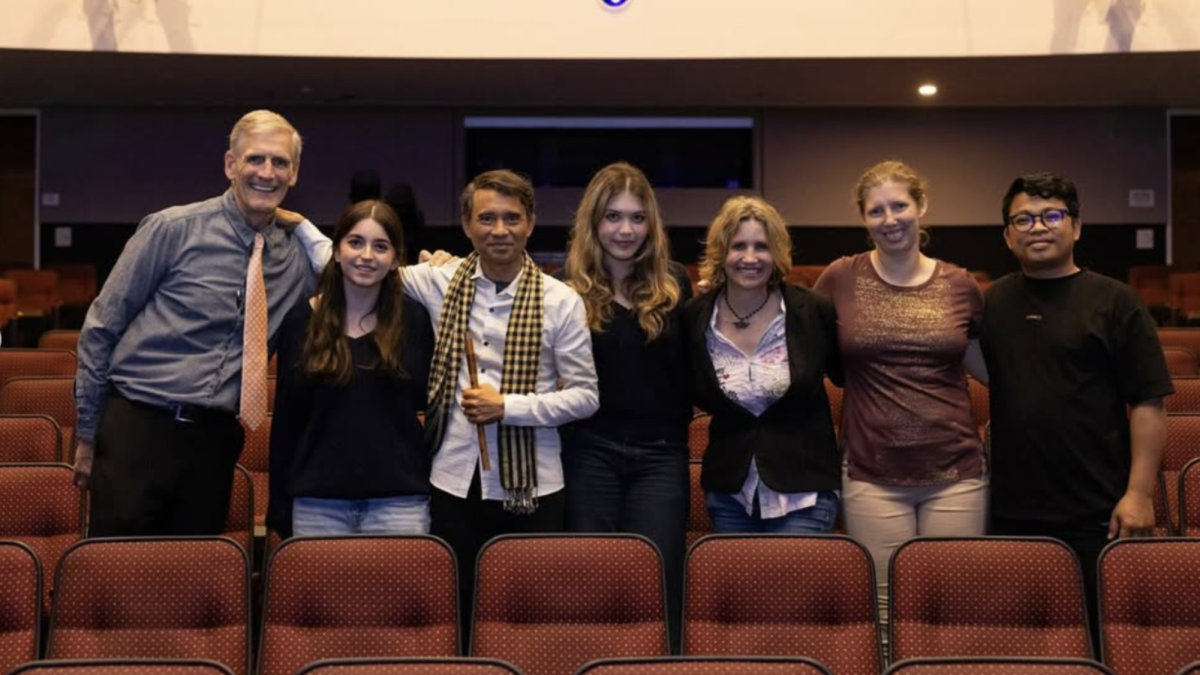
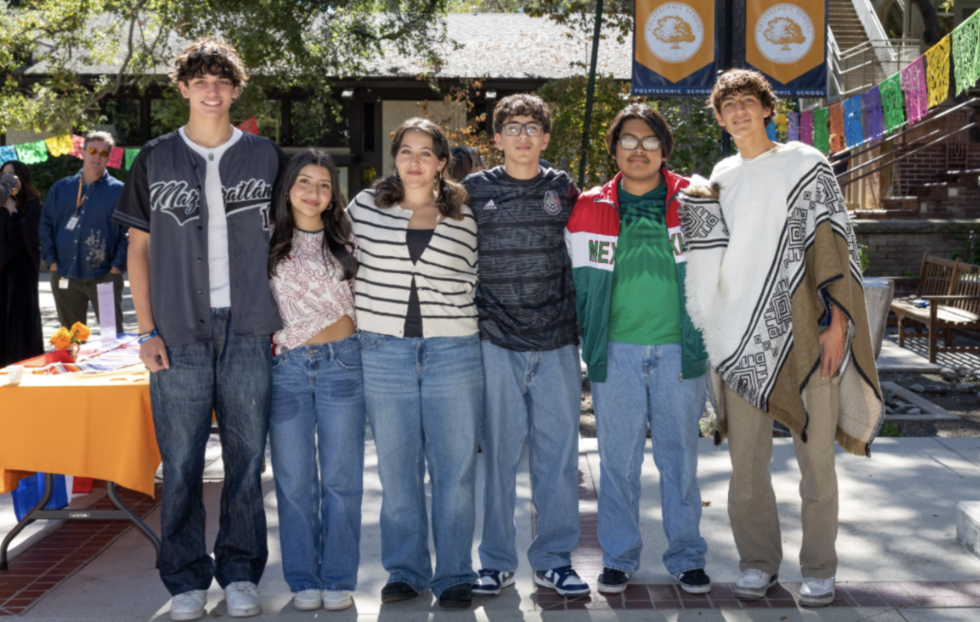
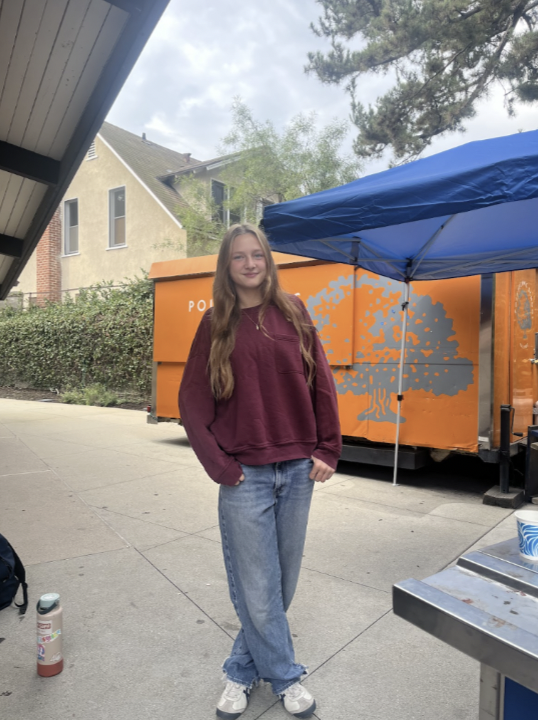
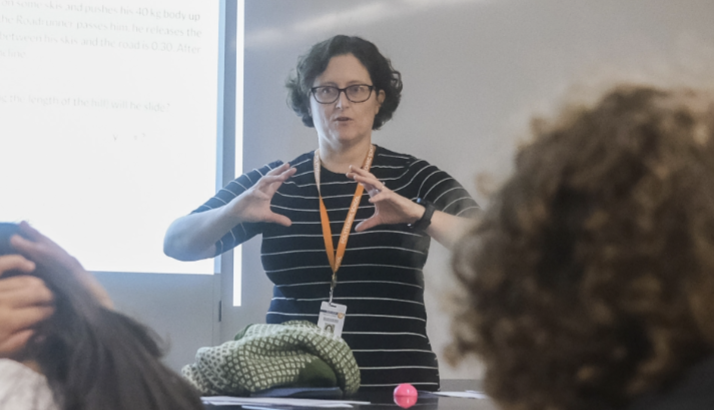

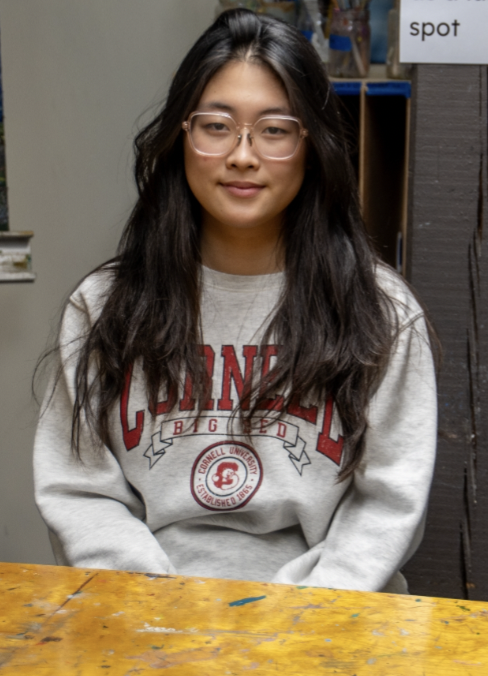



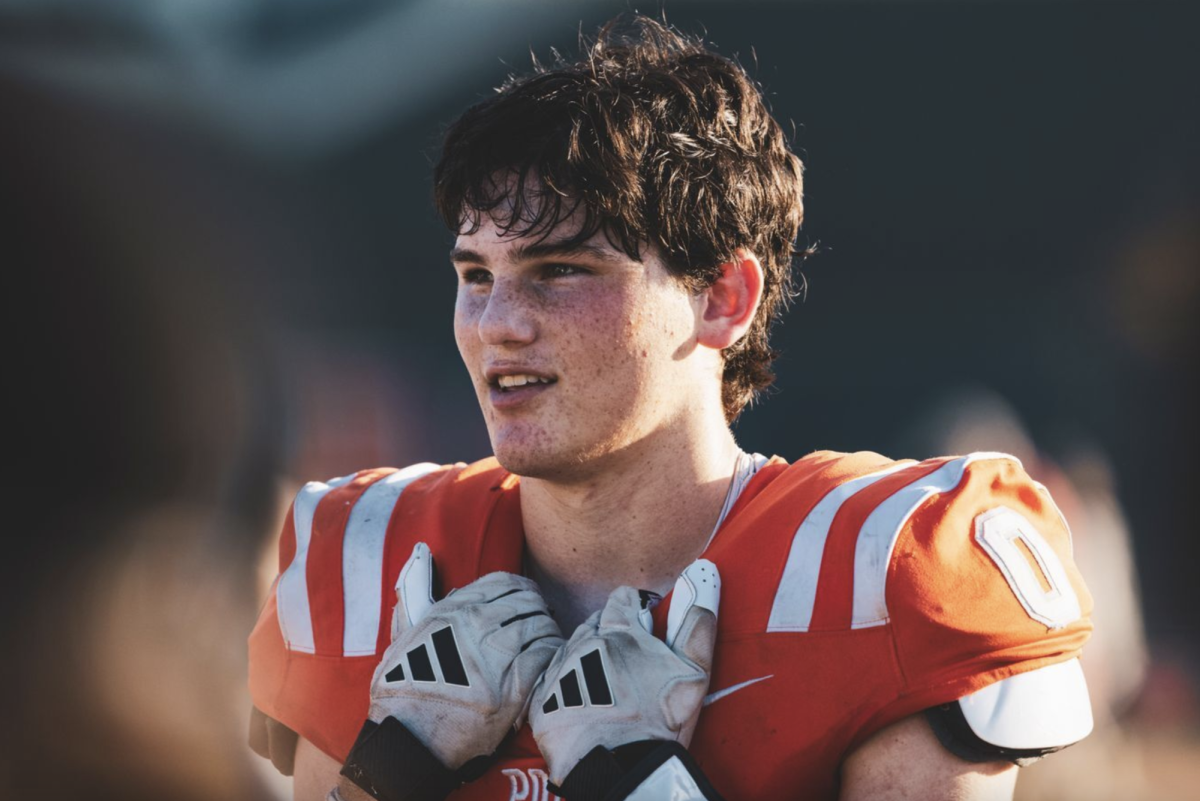

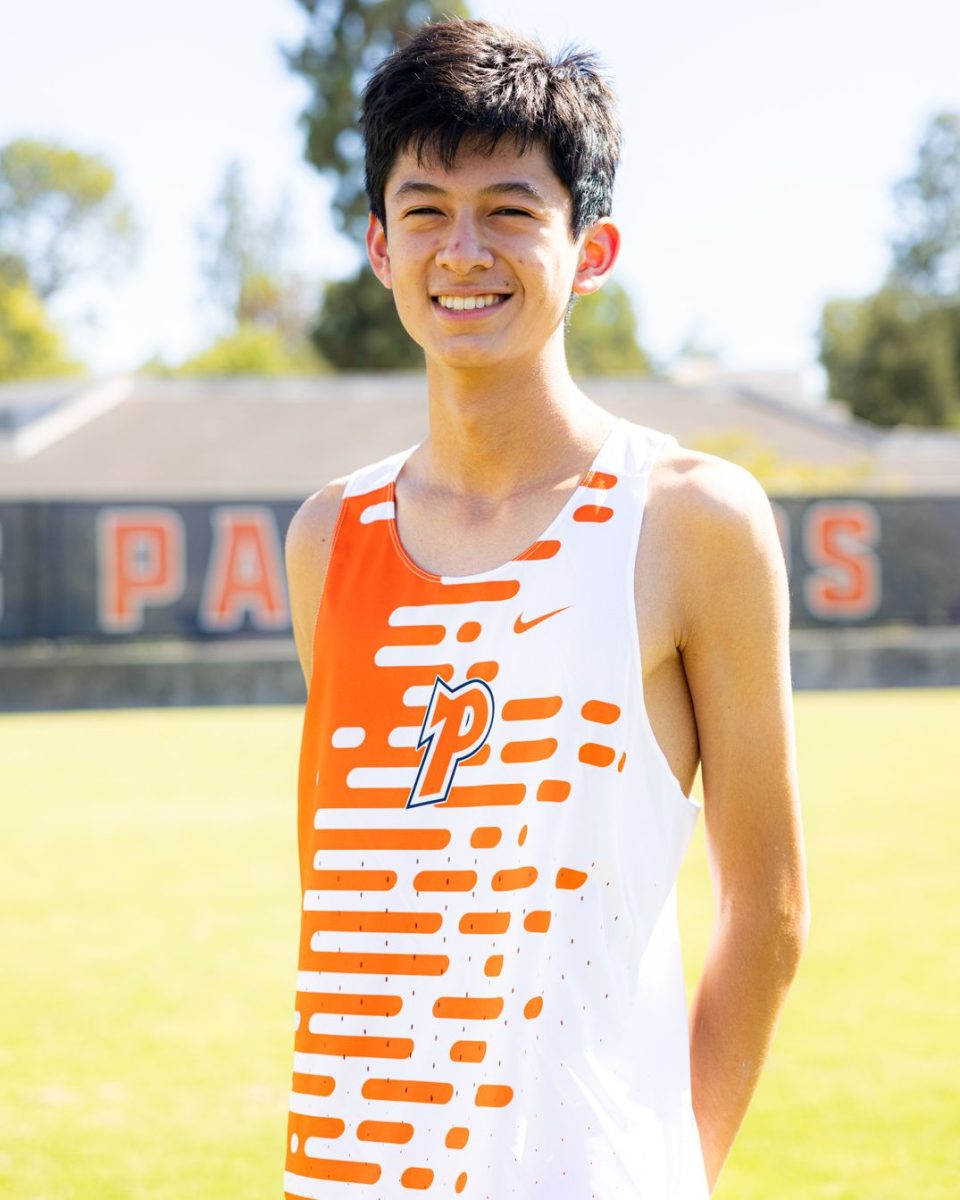
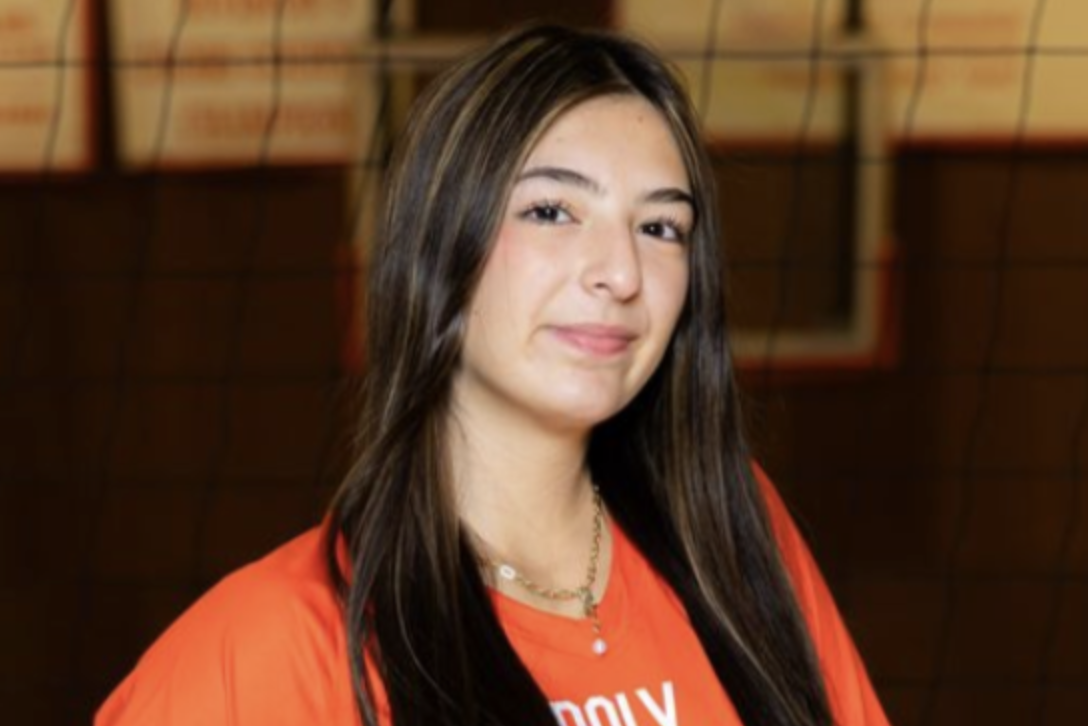
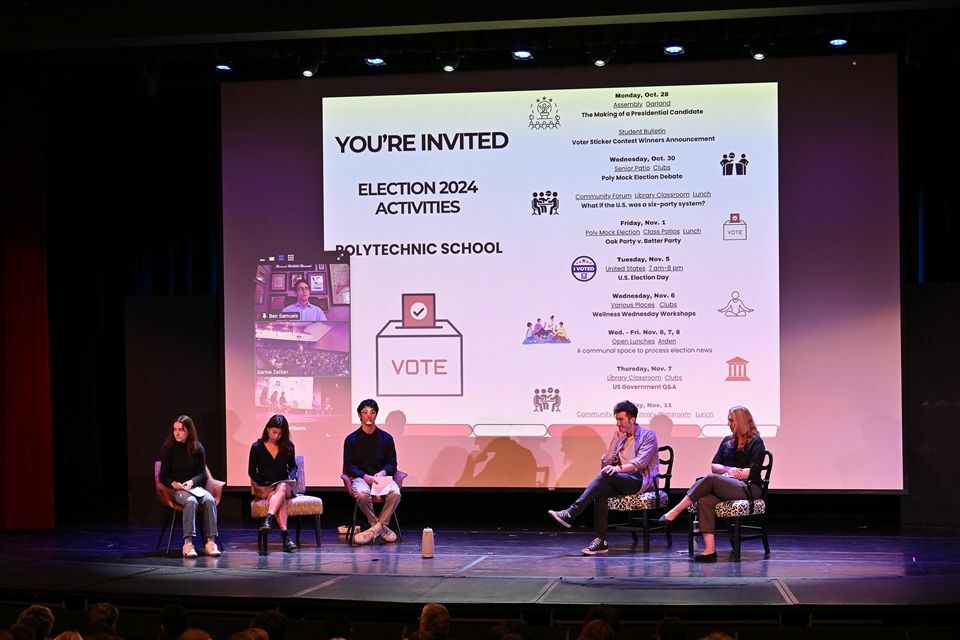
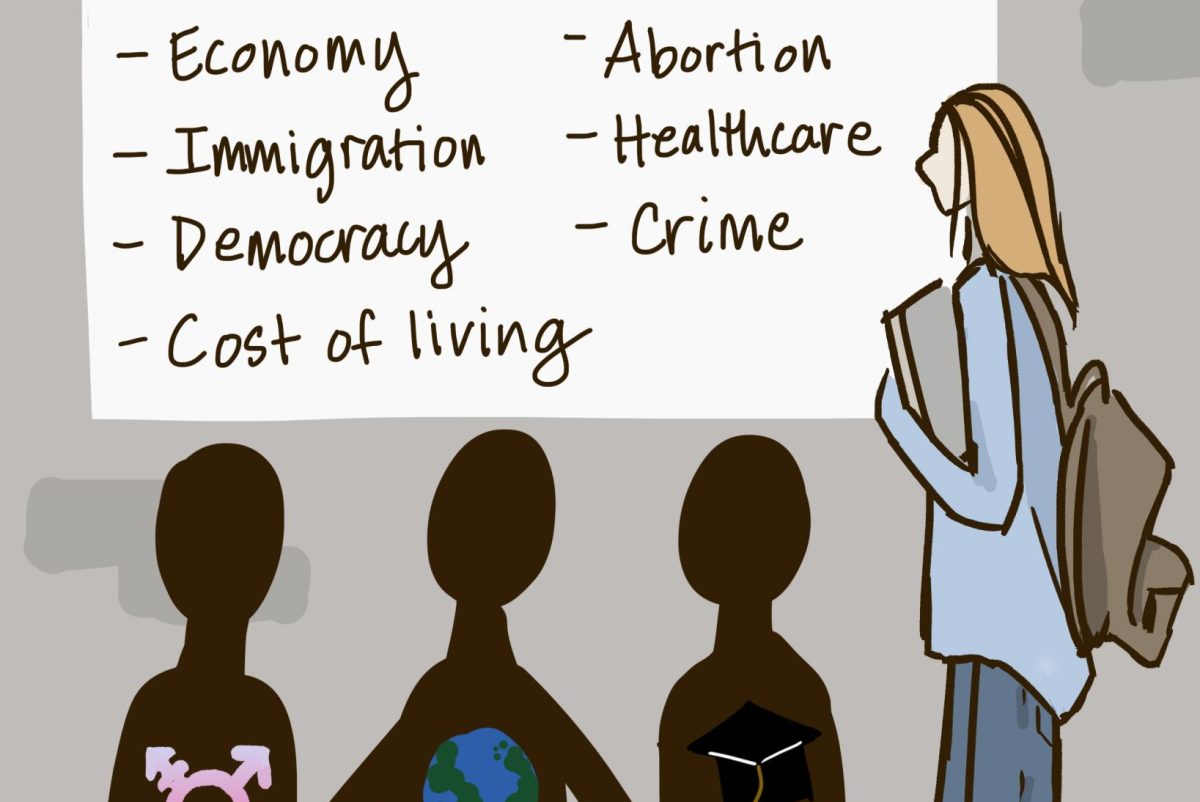








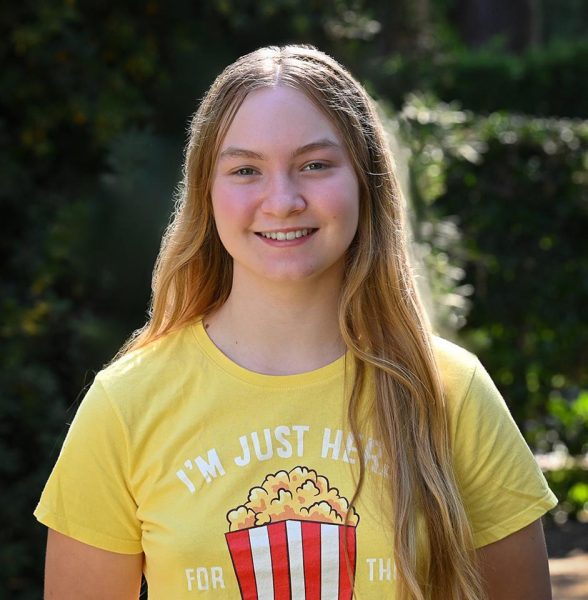
Afsaneh homayoun • Jun 6, 2025 at 4:47 pm
Awesome! Nicely articulated. I know someday you will perform on the world stage!